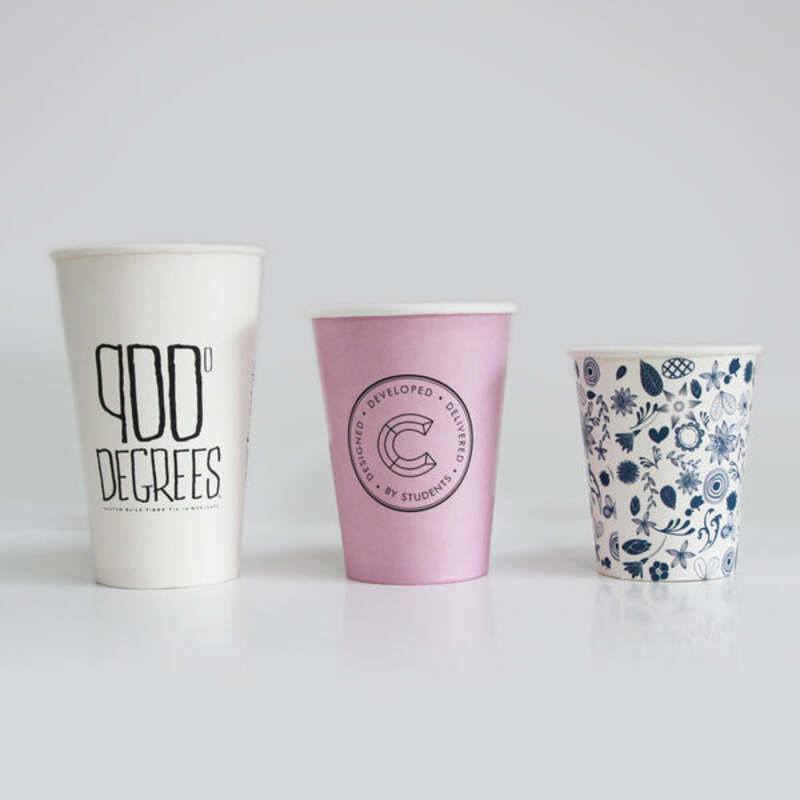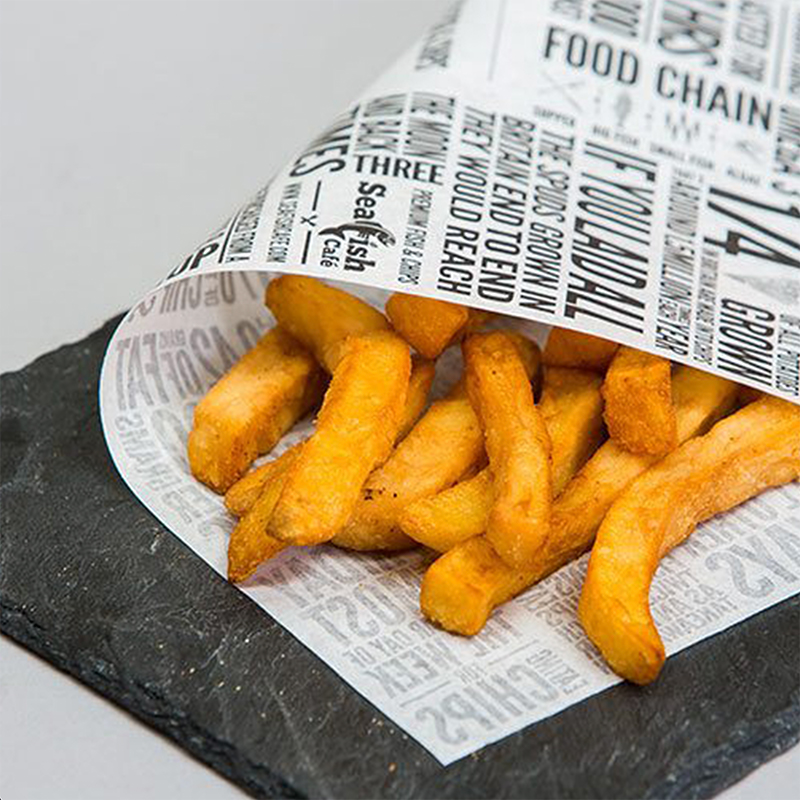1 月 . 15, 2025 09:55
Selecting the right cake board is more than an afterthought—it’s an integral part of cake presentation that reflects mastery in baking and design. Having worked in the baking industry for over a decade, I can attest that a well-chosen cake board not only complements the aesthetics of the cake but also upholds its structural integrity. With the proliferation of cake styles and sizes, understanding the nuances of cake boards can significantly enhance the overall experience for both bakers and their clients.

Cake boards come in various materials, including cardboard, masonite, and acrylic. Each has its own set of advantages, and the choice primarily hinges on the cake's weight, design, and occasion. Cardboard boards, often encased in a decorative foil, are ideal for lighter cakes like sponges or simple butter cakes. They provide an economically viable option without compromising on elegance, particularly if they're adorned with eye-catching finishes. However, they fall short when it comes to supporting heftier, multi-tiered cakes due to their limited weight capacity.
For those special occasions where the cake is the centerpiece—from weddings to corporate events—masonite boards are the go-to choice. Known for their robustness and sturdiness, these boards offer the reliability needed for transport and display. As a professional, nothing is more reassuring than knowing a masonite board can handle the journey from atelier to venue without a hitch. Furthermore, they often come with customizable edges and covers that can blend seamlessly or add a touch of refinement to your decorative theme.

In recent years, acrylic cake boards have gained traction among experts seeking a modern touch. These boards offer a clear, sleek look, allowing the cake to seemingly float above the table. Acrylic's durability rivals that of masonite, making it suitable for even the most intricate and weighty cake constructions. Its versatility includes adding LED lights for a dramatic effect, making them perfect for parties where the cake is meant to impress.
cake boards
Beyond material,
the size of the cake board is paramount to the overall presentation. A rule of thumb is to choose a board that is 2 to 4 inches larger than the cake itself. This not only aids in stability but also provides enough space for decorations, inscriptions, or piping work, which can elevate the cake's final appearance. Overly large boards, however, can detract from the cake itself, making the ensemble look sparse. It’s a delicate balance that requires experience and a keen eye for detail.
The color and finish of a cake board also play a critical role in the cake's final presentation. A golden or silver foil can accentuate luxury, while a solid-colored board might be suited for a more understated charm or to match a particular color scheme. The decision should align with the cake’s design and the event's theme, contributing to a cohesive visual narrative.
Trustworthiness in selecting and recommending cake boards is built over time through consistent positive outcomes. As experts, maintaining open communication with suppliers ensures access to high-quality products, which in turn builds client confidence. Clients should always feel secure knowing their cake, which may represent months of planning and anticipation, rests on a foundation that offers both beauty and security.
Ultimately, the perfect cake board is not just about holding a cake; it’s about enhancing the experience and creating a memorable presentation. By integrating expertise, a commitment to quality, and an understanding of design principles, selecting the right cake board becomes an art form in itself—a testament to professional skill and a touchstone of trust and authority in the field of baking and confectionery design.





